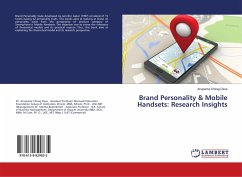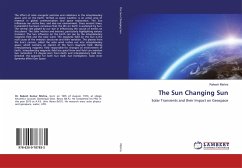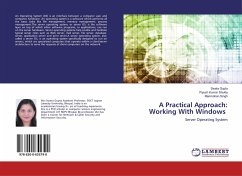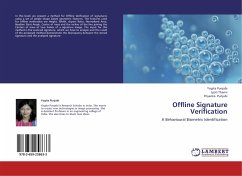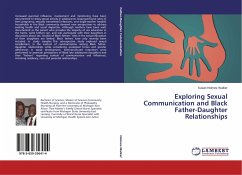
Advantage of geopolymer mortar & concrete
Versandkostenfrei!
Versandfertig in 6-10 Tagen
24,99 €
inkl. MwSt.

PAYBACK Punkte
12 °P sammeln!
The huge demand for concrete due to industrialization and urbanization has resulted in the depletion of natural resources, and, hence, this research focuses on alternative materials, including the utilization of waste materials as a replacement for binders and conventional aggregates. The investigation concerns the use of the optimum mix proportion of two locally available pozzolanic waste materials, namely, ground granulated blast furnace slag (GGBS) and palm oil fuel ash (POFA) together with metakaolin (MK) as binders. In addition, another local waste material, manufactured sand (M-sand) fro...
The huge demand for concrete due to industrialization and urbanization has resulted in the depletion of natural resources, and, hence, this research focuses on alternative materials, including the utilization of waste materials as a replacement for binders and conventional aggregates. The investigation concerns the use of the optimum mix proportion of two locally available pozzolanic waste materials, namely, ground granulated blast furnace slag (GGBS) and palm oil fuel ash (POFA) together with metakaolin (MK) as binders. In addition, another local waste material, manufactured sand (M-sand) from the quarry industry was used as a replacement for conventional sand in the development of green geopolymer mortar. Eight mortar mixtures were designed with varying binder contents. The binder/fine aggregate, water/binder and alkaline activator/binder ratios were kept constant. The oven dry curing was also kept consistent for all the mix proportions at a temperature of 650C for 24 hours. This paper mainly investigated the mortar density and compressive strength.







